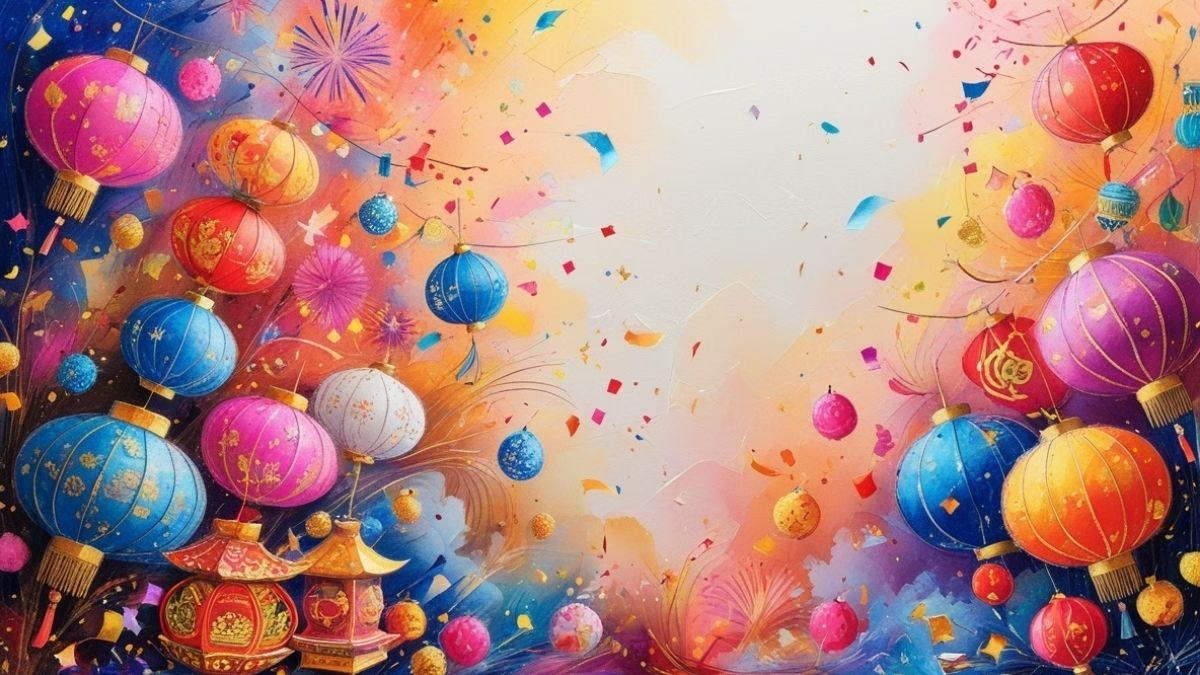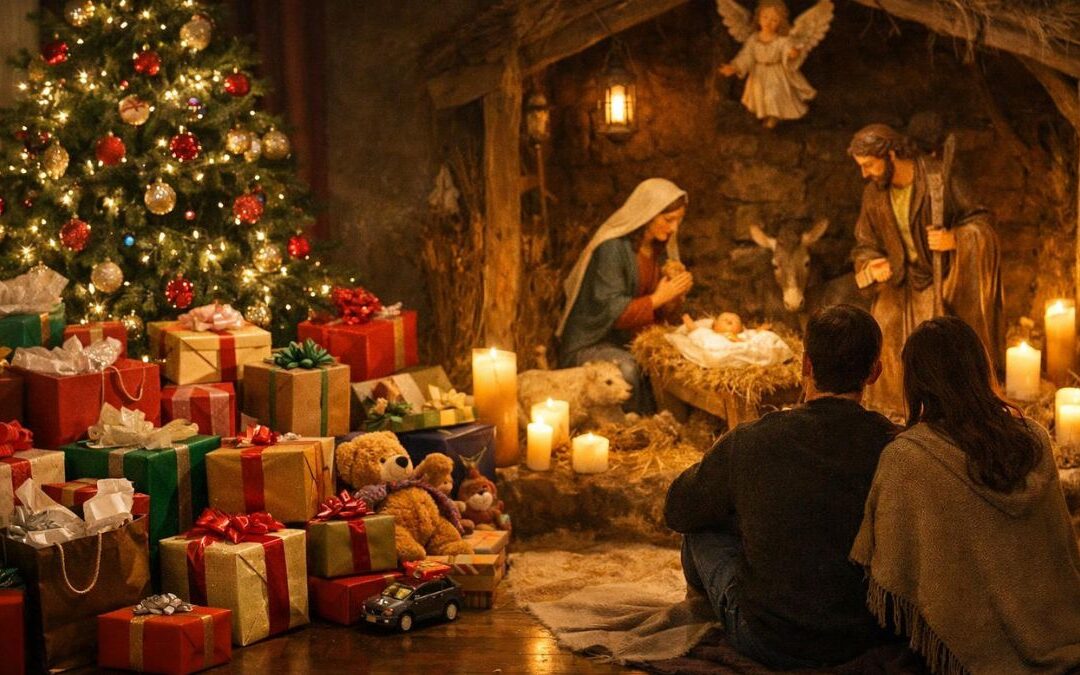Audio Episode
[ppp_patron_only level=5]
[/ppp_patron_only]
Introduction
Happy New Year! Around the world, the turning of the calendar is a time for hope, reflection, and celebration. But while fireworks and countdowns might be common, people have found countless unique and wonderful ways to ring in the new year. From smashing plates to eating special foods, these traditions are designed to sweep away the past and bring good fortune for the future.
Have you ever wondered what families in other countries are doing while you’re watching the ball drop? This quiz is your passport to a world of fascinating New Year’s celebrations. It’s not about getting a high score; it’s about discovery and sparking your curiosity about our amazing world.
By taking this quiz, you will:
- Travel the World from Your Screen: Discover 20 unique and surprising New Year’s traditions from every corner of the globe.
- Learn the “Why”: Through fun facts and feedback, you’ll understand the meaning and history behind each tradition.
- Pique Your Curiosity: This is a learning activity designed to be fun and engaging, making you say “Wow, I didn’t know that!”
- Connect with Global Cultures: Gain a deeper appreciation for the different ways people celebrate hope and new beginnings.
Ready to explore? Let’s go!
Learning Quiz
This is a learning quiz from English Plus Podcast, in which, you will be able to learn from your mistakes as much as you will learn from the answers you get right because we have added feedback for every single option in the quiz, and to help you choose the right answer if you’re not sure, there are also hints for every single option for every question. So, there’s learning all around this quiz, you can hardly call it quiz anymore! It’s a learning quiz from English Plus Podcast.
[ppp_patron_only level=5]
[/ppp_patron_only]
Quiz Takeaways
Hello and welcome! As we’ve just discovered in our quiz, the desire to celebrate a new beginning is a universal human feeling. Yet, the ways we choose to mark this special occasion are as beautifully diverse as our planet itself. From the food we eat to the clothes we wear, these traditions are more than just fun parties; they are rich tapestries woven from history, belief, and the deep-seated hope for a better year ahead. Today, let’s take a journey around the world and explore the amazing stories behind some of these New Year’s customs.
Let’s start with a theme close to everyone’s heart: Food for Fortune.
It seems nearly every culture has a special food that is believed to bring good luck if eaten on New Year’s Eve. In Spain, as we saw, the tradition is to eat 12 grapes at the stroke of midnight. This isn’t a leisurely snack; it’s a race against the clock! Each grape represents one month of the coming year, and successfully eating all twelve is said to guarantee 12 months of prosperity. In Japan, families eat long buckwheat noodles called “toshikoshi soba.” The length of the noodles symbolizes the wish for a long and healthy life.
In Estonia, they take the idea of abundance to a whole new level. It’s customary to eat multiple full meals throughout New Year’s Eve—often 7, 9, or 12, as these are considered lucky numbers. It’s believed that for every meal you finish, you gain the strength of that many men for the year to come. And in Turkey, the pomegranate is the star. Its bright red color symbolizes life and its countless seeds represent wealth. On New Year’s Eve, smashing a pomegranate on your doorstep is a way to ensure your home will be filled with abundance in the coming year.
Next, let’s look at traditions based on the idea of Out with the Old, In with the New.
Many cultures have powerful rituals designed to cleanse the past and make way for the future. Perhaps one of the most dramatic is from Ecuador. There, people build life-sized effigies called “años viejos” or “old years.” These figures often represent negative things from the past year—unpopular politicians, personal sorrows, or even disliked cartoon characters. At midnight, these effigies are set on fire in massive bonfires all over the country, symbolically burning away all the bad things from the past and starting fresh.
A similar, though perhaps more chaotic, tradition exists in parts of South Africa. In some Johannesburg neighborhoods, people literally throw the old out—by tossing old furniture and appliances from their windows! It’s a powerful, if dangerous, symbol of making a clean break with the past. In Denmark, the “out with the old” idea takes the form of smashing old plates. All year, people save dishes they no longer want. Then, on New Year’s Eve, they go to the homes of friends and family and smash the plates on their doorsteps. A large pile of broken pottery is a sign that you are well-loved and wished much good fortune. In Japan, the cleansing is auditory. During the “Joya no Kane” ceremony, Buddhist temple bells are rung 108 times, a number representing the worldly desires and sins in Buddhist belief. Each ring is thought to banish one of these troubles, purifying the spirit for the year to come.
Many traditions are also about attracting good luck through Symbolic Actions and Objects.
Have you ever wished for a year full of travel? In Colombia, you can do something about it. At midnight, people grab an empty suitcase and run around the block. This fun ritual is believed to guarantee a year filled with exciting journeys and adventures. In the Philippines, the key to prosperity is the circle. Believing that the round shape of coins brings wealth, Filipinos surround themselves with round things. They wear polka dots, eat 12 round fruits, and jingle coins in their pockets.
In Finland, people turn to a form of fortune-telling. They melt small pieces of tin on a spoon over a candle and then drop the molten metal into a bucket of cold water. The tin instantly hardens into a unique shape, which is then interpreted to predict the coming year’s events. A shape like a ship might mean travel, while a lumpy surface could signify money. And in Greece, the humble onion is a powerful symbol of rebirth because of its ability to sprout on its own. Families hang an onion on their front door to invite growth and renewal into their home for the new year.
Finally, at the heart of all these celebrations is a sense of Community and Connection.
Many New Year’s traditions are about strengthening bonds with family, friends, and even those who have passed on. In Scotland, the New Year’s celebration is called Hogmanay. A key tradition is “first-footing,” where the first person to cross the threshold of a home after midnight brings symbolic gifts like coal to ensure the house stays warm, shortbread so the house never lacks for food, and whisky for good cheer. In Chile, some communities take this connection to another level. They spend New Year’s Eve in the local cemetery, sharing a quiet celebration with their departed loved ones, ensuring that the entire family, both living and dead, enters the new year together.
In China and other East Asian cultures celebrating the Lunar New Year, family is central. A key tradition is the giving of red envelopes, or “hóngbāo.” These envelopes contain crisp, new bills and are given by elders to children and unmarried younger relatives. The red color is a powerful symbol of luck, and the money is a blessing for a safe and prosperous year. And in Romania, ancient traditions like the Bear Dance see entire villages come together. People dress in real bear furs and dance to the beat of drums, a powerful ritual performed as a community to ward off evil and ensure a fertile and prosperous year for everyone.
From eating grapes in Spain to burning effigies in Ecuador, these traditions show us the incredible creativity and deep-seated hope that defines the human spirit. They remind us that no matter where we are in the world, the turn of the new year is a shared moment of possibility, a chance to say goodbye to the past and to welcome the future with open arms and a hopeful heart.










0 Comments